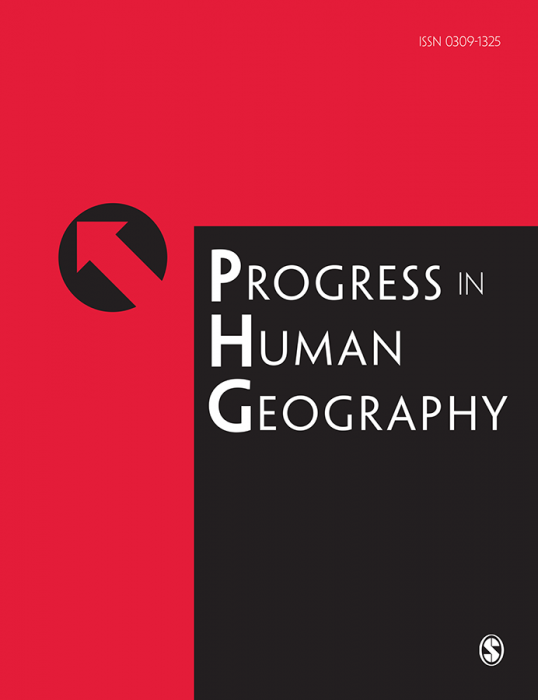
Landscapes of Care (2010) Janine Milligan & Christine Wiles
This paper studies care in terms of space, both geographical and emotional. Starting with a minimal definition of care as ‘the provision of practical or emotional support’ (2010: 737), the authors proceed to characterize it as a practice that is defined by interdependency, multi- directionality, reciprocity and affectivity (ibid., 737-38).
Interaction between those four factors links the carers and the cared-for in ‘multilayered’ spaces shaped by ‘social and political- economic circumstances’ – ranging from ‘kinship bonds’ to ‘labour and employment relations’ – as well as ‘people-place relationships’ (ibid., 737-38). Such a vast arrangement, encompassing ‘the institutional, the domestic, the familial, the community, the public, the voluntary and the private’ (ibid., 738), is apprehended in the notion of ‘landscapes of care’. Seen as ‘spatial manifestations of the interplay between the sociostructural processes and structures that shape experiences and practices of care’ (ibid., 739), these landscapes emerge ‘from and through the relationships of care’ and are understandably ‘complex’ (ibid., 740). The latter is exemplified by the sheer scale of the ‘people-place’ phenomena described by the authors: they include physical and social spaces – e.g. ‘hospitals, asylums, nursing homes, hospices, day-care nurseries and homeless shelters’ as well as ‘the hospital room, the nursery, the home’ and ‘schools, drop-in or homeless shelters or the workplace’ (ibid., 739-740), but also practices, i.e. ‘human-animal’ relationships of care,’ ‘cooking, cleaning and other domestic work’ (ibid., 739).
This diversity of places and activities is also described as ‘embodied’ in a wide-ranging sense, in so far as they are all characterized by caring either for or about ‘some body including the self, nonhuman bodies such as animals, and the environment’ (ibid,, 741). While caring for may be viewed as a more concrete and physically proximal kind of activity, thus more akin to conventional ideas of embodiment, the authors argue that caring about should not be regarded as a thoroughly ‘disembodied experience’ (ibid,, 742). In principle, caring about relates to ‘generalized relational and affective elements’ (ibid,, 741) that may not be rooted in actual closeness between the carer and the cared-for, but continuing ‘advances in information and care technologies’ (ibid,, 741) imply that care ‘can [now] occur across space and time zones’ (ibid,, 742). This allows for the caring about to ‘impact on and shape an individual’s personal politics and belief systems’ in ways that do have corporeal implications; it likewise ‘has the potential’ for making the caring for ‘progressively more disembodied’ (ibid,, 742).
The distinction between the two types of care therefore becomes ‘troubled’, as does the contrast between spatial and emotional space in the ‘landscapes of care’ concept. Since care has been thus shown not to be ‘limited to particular spatial locations, contexts or scales’, it follows that it cannot be ‘separated into overly narrow realms of the “political”, “social”, “economic” or “health”, or care as “welfare”, “institutional” or “embodied”’ (ibid,, 742). Drawing on that, ‘geographical work informed by interdisciplinary literatures on an ethics of care’ (an approach termed ‘care-ful geographies’ by the authors; ibid,, 742) is proposed for tackling such issues as ‘the social and political construction of care as a gendered concept’ (ibid,, 742- 44) or the impact of neoliberalism on the provision of care (ibid,, 745-48)
Antonio Fornet Vivancos
Universidad Politécnica de Cartagena
Milligan, C. & Wiles, J. Landscapes of Care. (2010). Progress in Human Geography, 34(6),
736-754.
